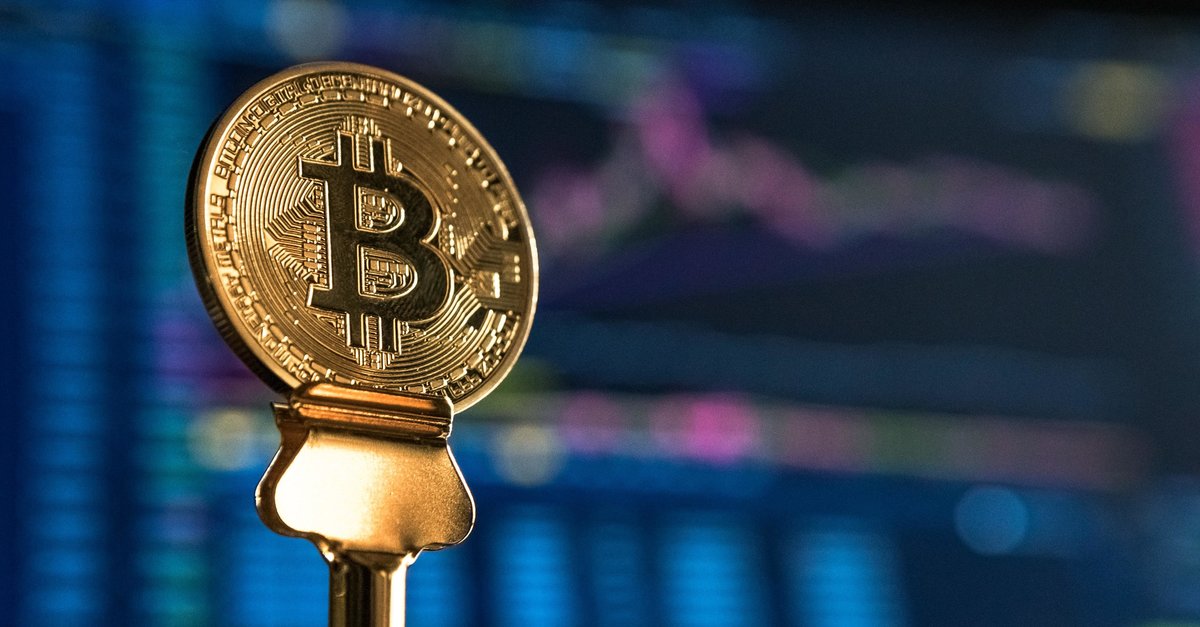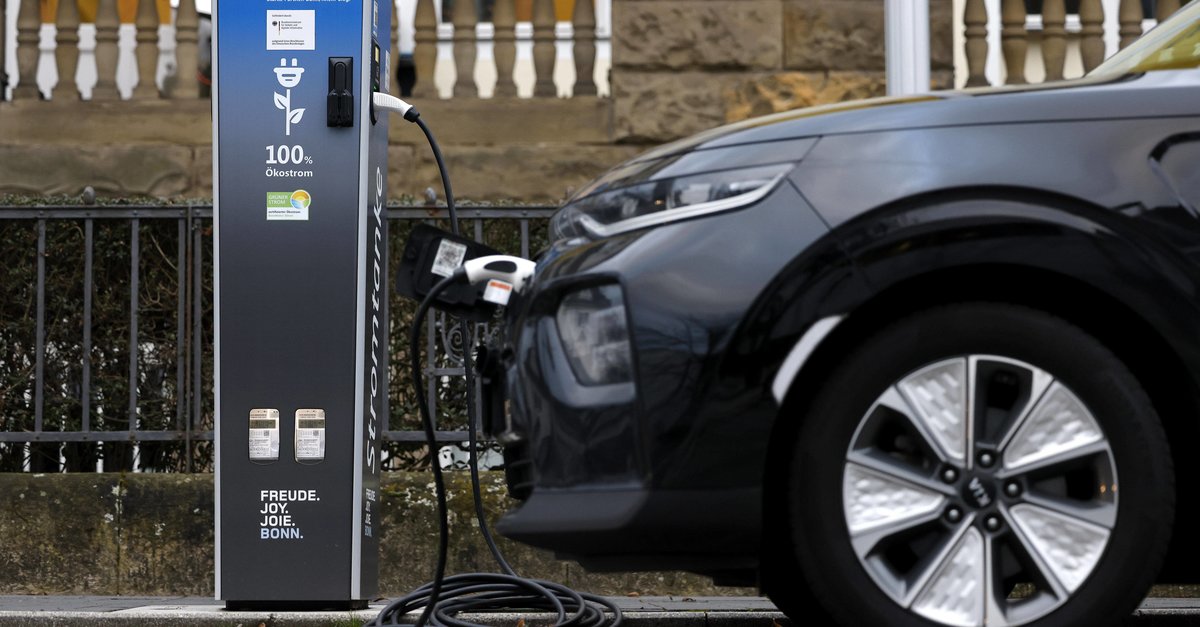Buy Bitcoin at the Sparkasse: checking account should be enough
Trading in cryptocurrencies such as Bitcoin and Ethereum should be made possible directly via the savings banks’ current account. Customers should be able to benefit from the previously secret plan from 2022. However, some important questions still have no answers.
Savings Bank Customers and Bitcoin: Plans for Crypto Trading
The savings banks would like to invest over a billion euros in the further digitization of their products over the next few years. So it’s no wonder that the Trade in cryptocurrencies like Bitcoin and Ethereum plays a role. According to initial reports, the savings banks could officially present their plans for crypto trading in spring or summer 2022 (source: FinanceFWD). But there is still a long way to go until then.
Should the savings banks slow down, then one could in this country as large and serious platform establish, which makes trading in cryptocurrencies a mass phenomenon. Payment service providers such as PayPal already offer similar services, but have not yet activated them in Germany and other EU countries. The successful Apple Pay via Girocard project shows that the savings banks can also rush ahead.
However, specific details are still pending. Before the start, the savings banks would have to submit their project to the Federal Financial Supervisory Authority (Bafin) and hope for the green light. Since the savings banks are organized in a decentralized manner, not every customer could receive a crypto offer via the existing checking account right from the start. Also with different conditions is to be expected. There are 380 savings banks in Germany.
How serious is the cryptocurrency Bitcoin?
Crypto trading at savings banks for everyone?
With their huge customer base, the savings banks could make crypto trading more accessible than others. Additional authentication would not be necessary, for example, since all required data is already available. Millions of German customers could save themselves the detour via Bitcoin exchanges such as Coinbase.



